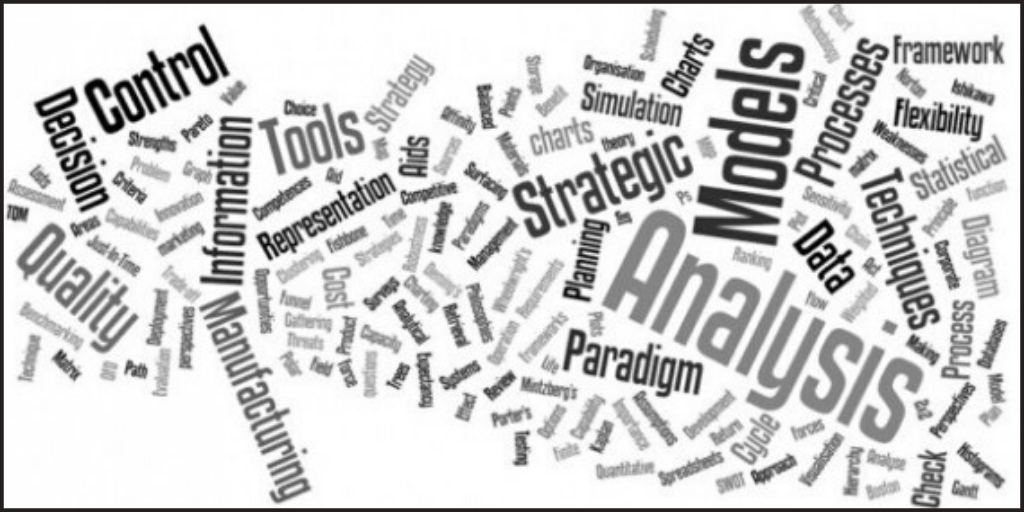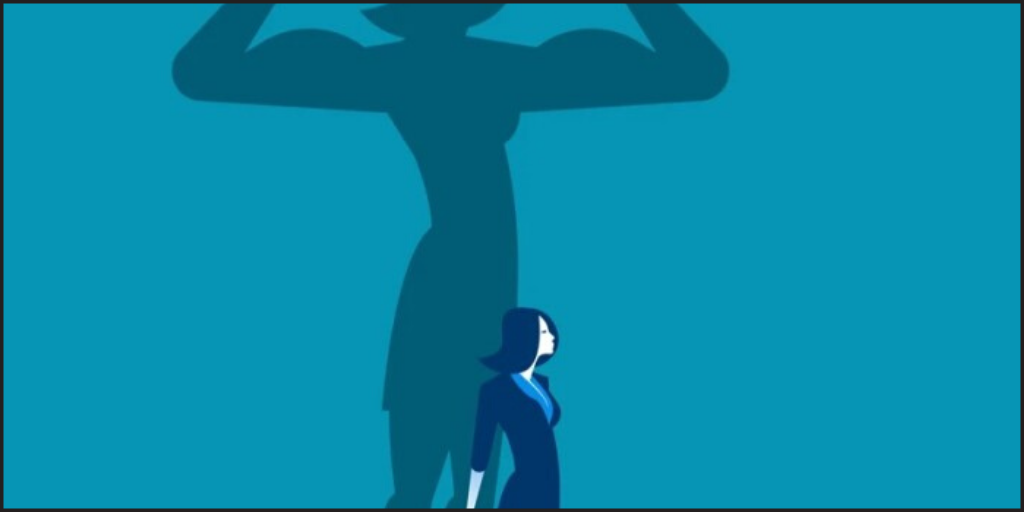1. Step back to gain perspective
Step back and give yourself perspective of the situation - even in a global crisis like we're experiencing today. Giving yourself a moment to step back, take stock, anticipate, and prioritize upcoming decisions. While stepping back may seem counter-intuitive, it is essential to get perspective.
Read article on 'How to work better, not busier'
2. Use your purpose as a lens
When making decisions, it is important to let your organisation’s purpose guide your decision-making practices. By placing your purpose at the centre of your decision-making, it allows you to view your decisions through the lens of your organisation’s purpose.
Listen to a podcast about purpose
3. Embrace data-driven decisions
If collected, analysed and used correctly, data can be a powerful tool which can aid decision-making. Data-driven insights allow decision-makers to take advantage of the large quantities of data, assisting in leaders being able to make informed, rational decisions that are not based on human intuition or judgement alone.
Read 'Leadership in the Age of AI and Automation'
4. Involve the right people
Amid uncertainty generated by a crisis, leaders often feel an urge to limit authority to those at the top, with a small team making the key decisions. During uncertain times like the COVID-19 pandemic, it may be necessary for leaders to rethink this hierarchical model to include different stakeholders to encourage different views and debate. By using this approach, smarter decisions may prevail without sacrificing speed.
Read the 'Leader’s Role in Strategy Execution'
5. Use support tools and frameworks
There are frameworks and tools which allow leaders to frame their decisions within a structure and can allow for a more comprehensive perspective to be considered. Several methods and tools can be used, from conventional capital budgeting tools, qualitative scenario analysis, case-based decision tools, that can be adapted to your business, your role, and the type of decisions you make.
Read 'It's Rarely Either/Or - The Grey World of Decision-Making'
6. Reduce decision fatigue
Leaders need to focus on reducing small, inconsequential decisions where possible to concentrate their focus on high-value choices that matter. There is a danger, however, that leaders solely focus on strategic decisions. Small choices, iterated again over a long period of time, can have long-term consequences. These can be difficult to identify, and often the insight will only come from the front-line or through a dedicated review. This is particularly true in times where you are fundamentally changing how you do business - like going digital because of a global pandemic.
Listen to 'Improve your Decision Making' podcast with Simon Haslam
7. Empower your people
Leading in uncertain times requires specific behaviours and skills - it also requires trusting others more than usual. Empowering your people with decision rights will allow your organisation to move more agily. A strong, unifying purpose clearly communicated (regularly) by the leadership will allow these decisions to be made in a more focused and aligned manner.
Download 'Leading with Purpose' infographic







